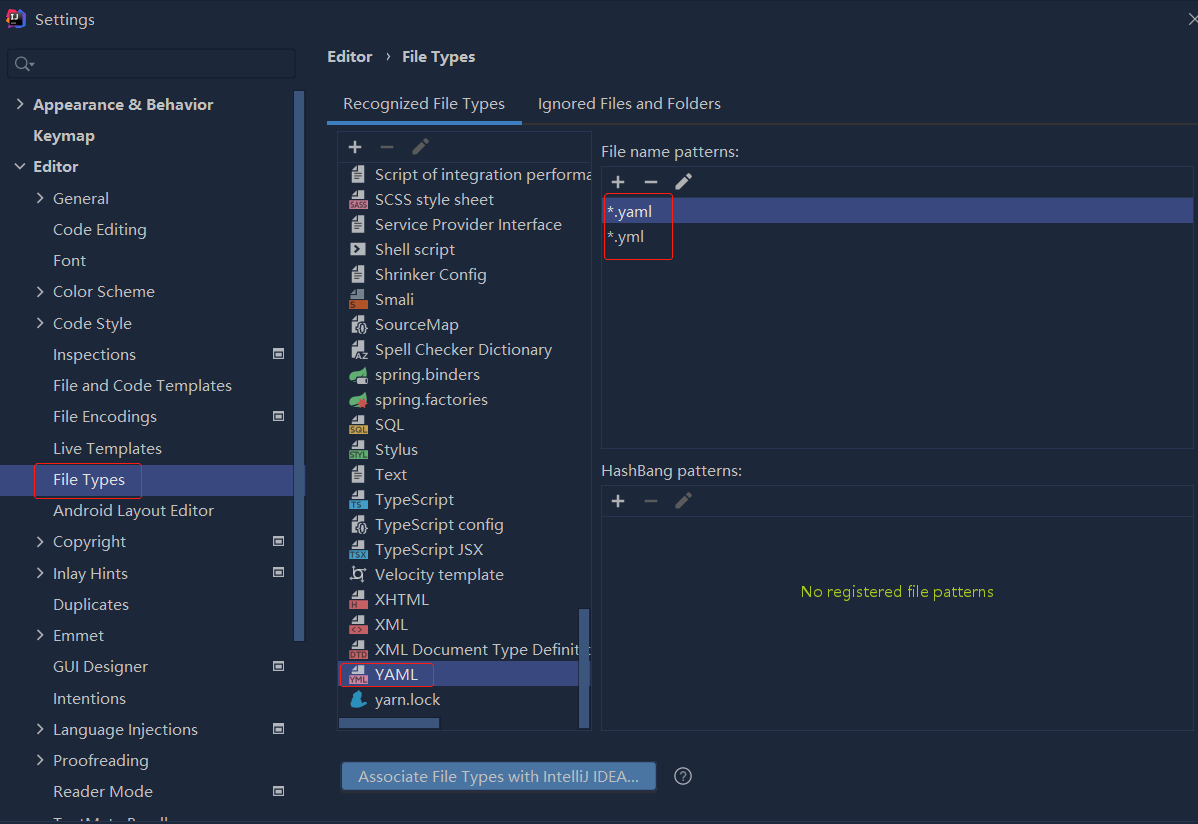问题描述
我正在使用pymongo在MongoDB上进行一些分析。
在MongoDB中,有480000个json对象,代表2020年3月至2020年4月之间关于Covid-19病毒的推文。
尤其是,这些对象包含两个字段:
1)“ created_at”,代表日期类型的tweet的创建时间戳(例如created_at:2020-03-20T10:57:57.000 + 00:00);
2)“ retweet_count”,表示转发了该推文多少次(例如“ retweet_count:30”);
我将创建一条聚合管道,该管道每天都要使用retweet_count的最大值的前5000个json对象。
问题在于,如果我必须使用group子句,match子句或project子句(我是新手),我也不理解。
这里有我尝试过的尝试:
import pymongo
from datetime import datetime,tzinfo,timezone
from pymongo import MongoClient
client['Covid19']['tweets'].aggregate([
{
'$match' : {
"created_at": { '$gte': datetime(2020,3,20),'$lt': datetime(2020,21) }
}
},{
'$merge': {
'into': 'tweets_filtered'
}
}
])
print(client['Covid19']['tweets_filtered'].count_documents({}))
此管道最终提供了从3月20日到3月21日的推文,但我将对此过程进行概括,并每天获取前5000条推文,其中retweet_count的值最高。
解决方法
您可以通过编程生成所需的边界并使用$ bucket。
- $ sort输入以实现所需的排序(大多数转发为第一个)。
- $ bucket按天划分集合。
- $ push在相应的日期下移动每个文档。
- $ project和$ slice一起获得前X个结果。
使用时间,计数和消息字段的Ruby示例:
require 'mongo'
Mongo::Logger.logger.level = Logger::WARN
client = Mongo::Client.new(['localhost:14420'])
c = client['foo']
c.delete_many
10.times do |i|
day_time = Time.now - i*86400
100.times do |j|
time = day_time + j*100
count = rand*1000
message = "message #{count}"
c.insert_one(time: time,count: count,message: message)
end
end
days = (-1..10).map { |i| Time.now - i*86400 }.reverse
pp c.aggregate([
{'$sort' => {count: -1}},{'$bucket' => {groupBy: '$time',boundaries: days,output: {messages: {'$push' => '$$ROOT'}},}},{'$project' => {top_messages: {'$slice' => ['$messages',5]}}},]).to_a
Pymongo使用熊猫回答:
from pymongo import MongoClient
from datetime import datetime
import pandas as pd
TOP_N_PER_DAY = 5000
# Perform the find with a filter; strip out the _id
tweets = db.tweets.find({ 'created_at': {'$gte': datetime(2020,3,20),'$lt': datetime(2020,22) }},{'_id': 0})
# Create a dataframe from the find
df = pd.DataFrame(list(tweets))
# Convert the datetime to a date only timeseries
df['date'] = df['created_at'].dt.date
# Group by date and sort by retweet count
df = df.groupby('date').apply(lambda x: x.sort_values('retweet_count',ascending = False)).reset_index(drop=True)
# Take the top n per day
df = df.groupby('date').head(TOP_N_PER_DAY)
# Convert the pandas timeseries back to a datetime
df['date'] = pd.to_datetime(df['date'])
# Convert the dataframe into a list of dicts
records = df.to_dict('records')
# Insert the filtered tweets into a new collection
db.tweets_filtered.insert_many(records)

 依赖报错 idea导入项目后依赖报错,解决方案:https://blog....
依赖报错 idea导入项目后依赖报错,解决方案:https://blog....
 错误1:gradle项目控制台输出为乱码 # 解决方案:https://bl...
错误1:gradle项目控制台输出为乱码 # 解决方案:https://bl...